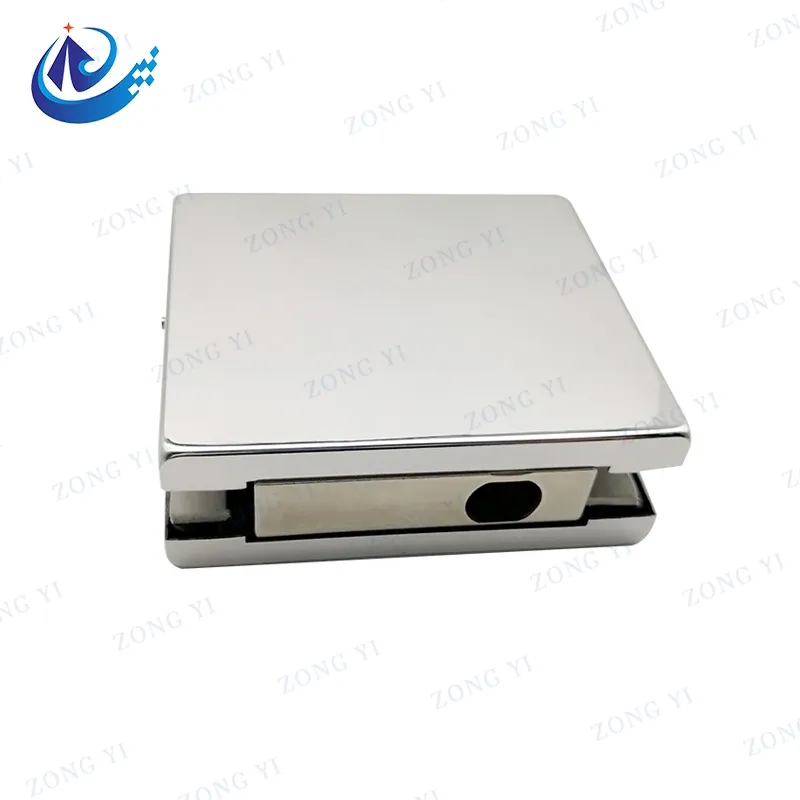Invisible Strength: How Patch Fittings Ensure the Stability of Frameless Glass Doors
2024-11-26
Frameless glass doors have become a hallmark of modern architecture, offering an elegant, minimalistic aesthetic while maximizing natural light. However, achieving the seamless appearance of frameless doors requires robust engineering to ensure structural stability. Patch fittings, the unsung heroes of this design, play a critical role in maintaining both form and function, especially for large or heavy glass panels.
What Are Patch Fittings?
Patch fittings are small, often discreet hardware components that secure glass panels in frameless door systems. These fittings, typically made of high-grade stainless steel or aluminum, clamp onto the glass without the need for bulky frames or hinges, preserving the clean, contemporary look of the door.
The Engineering Behind Stability
1. Even Load Distribution
One of the primary challenges with frameless glass doors is managing the weight of the glass, which can range from 50 to 150 kilograms depending on the panel size and thickness. Patch fittings are designed to distribute this load evenly across multiple points, preventing stress concentrations that could compromise the glass's integrity.
2. Precision Clamping
Patch fittings use rubber gaskets or silicone pads to grip the glass securely without damaging its surface. This precision clamping mechanism ensures that the glass remains stable even under dynamic forces such as opening, closing, or high foot traffic.
3. Structural Support for Heavy Panels
For large or heavy panels, patch fittings are often paired with floor springs or transom closers, which provide additional support and control the movement of the door. The combination ensures that the door operates smoothly without placing excessive strain on any single component.
Types of Patch Fittings for Stability
- Top Patch Fittings: Anchor the top of the glass to the frame or ceiling, providing vertical support and alignment.
- Bottom Patch Fittings: Often connected to floor springs, these provide the primary load-bearing function for the door.
- Corner Patch Fittings: Secure the edges of the glass panels, enhancing rigidity and preventing flexing or wobbling.
- Lock Patch Fittings: Combine stability with functionality by integrating locking mechanisms into the door.
Advantages for Large and Heavy Glass Panels
1. Reduced Stress on Glass Edges
Glass edges are vulnerable to cracks and chips, especially under heavy loads. Patch fittings eliminate the need for drilled holes, reducing the risk of weakening the glass.
2. Enhanced Safety
With properly installed patch fittings, large glass doors remain secure even under pressure, minimizing the risk of sudden failures or accidents.
3. Customizable for Design Requirements
Patch fittings can be adjusted or reinforced to accommodate oversized or custom-shaped panels, making them versatile for various architectural designs.
Patch fittings are more than just connectors; they are the backbone of frameless glass door systems. By providing structural stability and load management, these fittings enable the sleek, unobtrusive designs that are highly sought after in modern construction. Whether you’re designing for a retail storefront, corporate office, or luxury residence, patch fittings ensure that your glass doors are as durable as they are beautiful.



